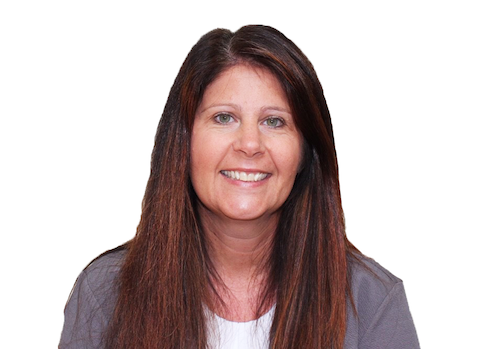The Employee Skills Gap: How You Can Identify It–and Close It


The skills gap is the difference between the skills your workforce has and the skills they need to do their jobs well now and in the future. It’s a risk for any employer. Unless that gap is closed, the business is likely to struggle to compete and grow.
As an employer, you have two ways to close the gap: Hire new employees who have the skills you need or develop those skills in your current employees, a practice called reskilling or upskilling. Upskilling refers to training an employee on new skills that are useful in their current role (or future roles in the same area), while reskilling refers to training someone on new skills so they can do an entirely different job.
To explore ways that employers can identify their skills gaps and efficiently close them, From Day One hosted a webinar, “Mind the Gap: Understanding and Closing the Future Skills Gap to Build the Workforce of the Future,” which featured three experts from the Human Capital Solutions practice at Aon, the professional-services firm. According to Marinus van Driel, an Aon Associate Partner, 50% of all employees will need reskilling by 2025, but only 28% of companies are planning new initiatives to identify future skills gaps.

Before you start to sweat the impact of training on your P&L, consider this: Upskilling and even reskilling makes good financial sense, according to the Aon speakers. “The biggest risk area is not taking action,” van Driel said. According to a report by the World Economic Forum and Boston Consulting Group, it would cost about $25,000 to reskill a single worker to a new role. The same report includes a cost-benefit analysis that asserts the private sector could reskill some 25% of its workers for less than it would cost to hire new, already skilled employees to take their places. Another study claims it could cost six times as much to go looking for talent outside your doors.
How can employers best approach this process? “Whatever the critical skills are for your organization, take the time to identify them, measure them, and develop them,” said Kathy MacKay, an Aon Associate Partner. “People can do some really amazing things if given the tools and training and opportunity.”
To identify the skills that are critical in your organization, Aon Partner Stefan Gaertner recommended this: “Go through your business forecast, go through your business plan, engage with your business leaders, and they can tell you where the business is going. You can then translate these goals into skills that you need to cultivate,” said Gaertner, the firm’s global lead of people analytics. Van Driel also recommended employers look at labor-market data for their industry to get a sense of skill trends and what the competition is doing.
To measure and evaluate current skills, MacKay said she works with clients to implement assessments that “target specific skills and competencies and to look for fit and potential and ROI.” These assessments help leadership to choose the high-potential employees or teams for skill development and to design job descriptions built on core competencies. After employees go through the reskilling process, managers should make ongoing assessments to track their progress and identify further areas for development–as well as have a consistent flow of data.

When it comes to making the investment and developing those skills in employees, employers should consider the work environment and employee motivation, MacKay said. “Individuals who are motivated can go down that path of reskilling much faster and much easier.”
The panel shared examples of how Aon has helped clients facilitate, incentivize, and even gamify the process of upskilling and reskilling.
Aon worked with telecom company Vodafone to develop a free app that operates like a kind of skills marketplace. Young workers take an assessment to learn about the skills they have, they can explore the kinds of jobs where they could apply those skills, and they can get access to online learning to develop the skills they need.
MacKay cited an innovative example at another company, which made skills development into a competition. The company currently has “ten teams across four or five different countries competing for $1.5 million or so in order to generate the best and most effective design and demonstration of a rapid training and reskilling solution for those individuals who are most vulnerable to employment loss in the U.S.,” MacKay said.

The upskilling and reskilling of the world’s workforce is an evolutionary process bigger than any one company’s efforts, the speakers observed. The future will bring new strategies and tools that connect the dots between people, skills, and business interests. “Once you develop tools that connect people with jobs, people with skills, and skills with jobs, you give people a good reason to use these tools,” Gaertner said. “You can then also collect the data for planning purposes, so you can shift from a very transactional place to a strategic place. You have the data for something broader, to develop workforce strategies.”
Editor's note: From Day One thanks our partner who sponsored this webinar, Aon. You can watch a video of the conversation here and view the slide presentation as well as Aon's guidebook, “Closing the Future Skills Gap to Drive Business Success,” by going to this page.
Emily McCrary-Ruiz-Esparza is a writer, editor, and content strategist based in Richmond, Va.
The From Day One Newsletter is a monthly roundup of articles, features, and editorials on innovative ways for companies to forge stronger relationships with their employees, customers, and communities.